Tech Enthusiast Weekly(2024-09-20) : Enhancing Front-End Development Efficiency with Common-Intellisense
Enhancing Front-End Development Efficiency with Common-Intellisense
"Common-Intellisense" accelerates front-end development by providing accurate hints for UI components. It offers code snippets, descriptions, and links to official documentation, reducing the need to manually search for information. This tool supports both public and private libraries and integrates seamlessly into VSCode via a remote URI. It minimizes errors and enhances efficiency, making coding more fluid.
Explanation:
- UI components: Elements such as buttons, forms, and menus that constitute a user interface.
- Snippets: Short, reusable segments of code.
- VSCode: Visual Studio Code, a widely-used code editor.
- URI: Uniform Resource Identifier, a string used to identify a resource, often a web address.
Tech News
Scholar Develops 3D Tool to Reverse-Engineer Cancer
A scholar is developing a 3D tool to reverse-engineer cancer. This method aims to understand cancer's growth and spread by recreating it in a controlled environment. The tool uses advanced technology to mimic the intricate structures within the human body where cancer typically develops.
Reverse-engineering involves breaking down complex systems to understand their components and functions. In this case, the goal is to dissect cancer's behavior to find effective treatments. By creating 3D models, researchers can observe how cancer cells interact with their surroundings, offering insights that could lead to new therapies.
This approach could revolutionize cancer research, making it more precise and efficient. Traditional methods often rely on trial and error, which can be slow and costly. The 3D tool promises a more systematic way to study cancer, potentially speeding up the discovery of effective treatments.
In essence, this scholar's work is a bold step towards demystifying cancer. By reverse-engineering it, we may finally gain the upper hand in the fight against this devastating disease.
China launches the world's first "Human Hubble Telescope" and 5.0T magnetic resonance imaging scanner.

China has introduced the "Explorer" whole-body PET-CT, dubbed the "human Hubble Telescope," with sensitivity 40 times higher than traditional equipment, capable of whole-body scans in just 15 to 30 seconds. Simultaneously, the 5.0T magnetic resonance imaging (MRI) scanner has become the world's highest field strength clinical device, filling an international gap. These innovations not only replace imports but also go global, showcasing China's leading position in advanced medical imaging technology.
PET-CT: Positron Emission Tomography combined with Computed Tomography for precise medical imaging. Magnetic Resonance Imaging (MRI): A device that uses magnetic fields and radio waves to generate images of the internal structures of the human body.
SpaceX Achieves First Commercial Spacewalk with Polaris Dawn Mission

On September 12, 2024, SpaceX made history with the first commercial spacewalk. The "Polaris Dawn" mission, launched from NASA's Kennedy Space Center, saw two civilian astronauts venture into space. This marked a new milestone in private space exploration.
The mission, commanded by Jared Isaacman and piloted by Scott Kidd Poteet, reached an altitude of 1,400.7 kilometers—the highest since the Apollo era. Isaacman and Sarah Gillis conducted the spacewalk, lasting 1 hour and 46 minutes. Isaacman marveled at Earth's beauty, calling it a "perfect world."
SpaceX developed specialized gear for the mission, including new space suits described as "fabric armor." The Dragon spacecraft was modified with a "Skywalker" hatch, designed for easy external movement. A laser communication system tested during the mission could revolutionize space communications.
The mission also included 36 scientific experiments, providing crucial data on human health in space. NASA's Jancy McPhee noted the importance of such data for future lunar and Mars missions.
Isaacman, who funded the mission, sees it as a step toward deeper space exploration. The success of "Polaris Dawn" underscores SpaceX's leadership in private space travel and paves the way for future deep-space missions.
FTC Report Exposes Extensive User Surveillance by Social Media and Online Video Firms

The FTC report reveals that major social media and online video firms—Facebook, WhatsApp, YouTube, Discord, Reddit, Amazon, Snap, TikTok, and Twitter/X—conduct extensive surveillance on users. Between January 2019 and December 2020, these companies collected vast amounts of personal data, including age, gender, income, and marital status. This information was shared with third parties for targeted advertising.
Users have limited control over data collection. Most firms feed personal information into automated systems for content and ad delivery. Few offer comprehensive opt-out options. Notably, none provided a full list of data recipients to the FTC.
The report criticizes data-minimization practices as inadequate. Some companies failed to delete data upon user request, even when required by law. The FTC recommends federal privacy regulations to address these issues.
Discord and Google disputed the findings. Discord claims its model differs, emphasizing user privacy controls. Google asserts strict privacy policies, prohibiting ad personalization for minors and "made for kids" content.
The FTC's report underscores the need for stronger privacy protections. It highlights the disconnect between corporate claims and actual data practices, urging legislative action to ensure user data is handled responsibly.
Remote Surgery Demonstration Using Game Controller and Robotic System
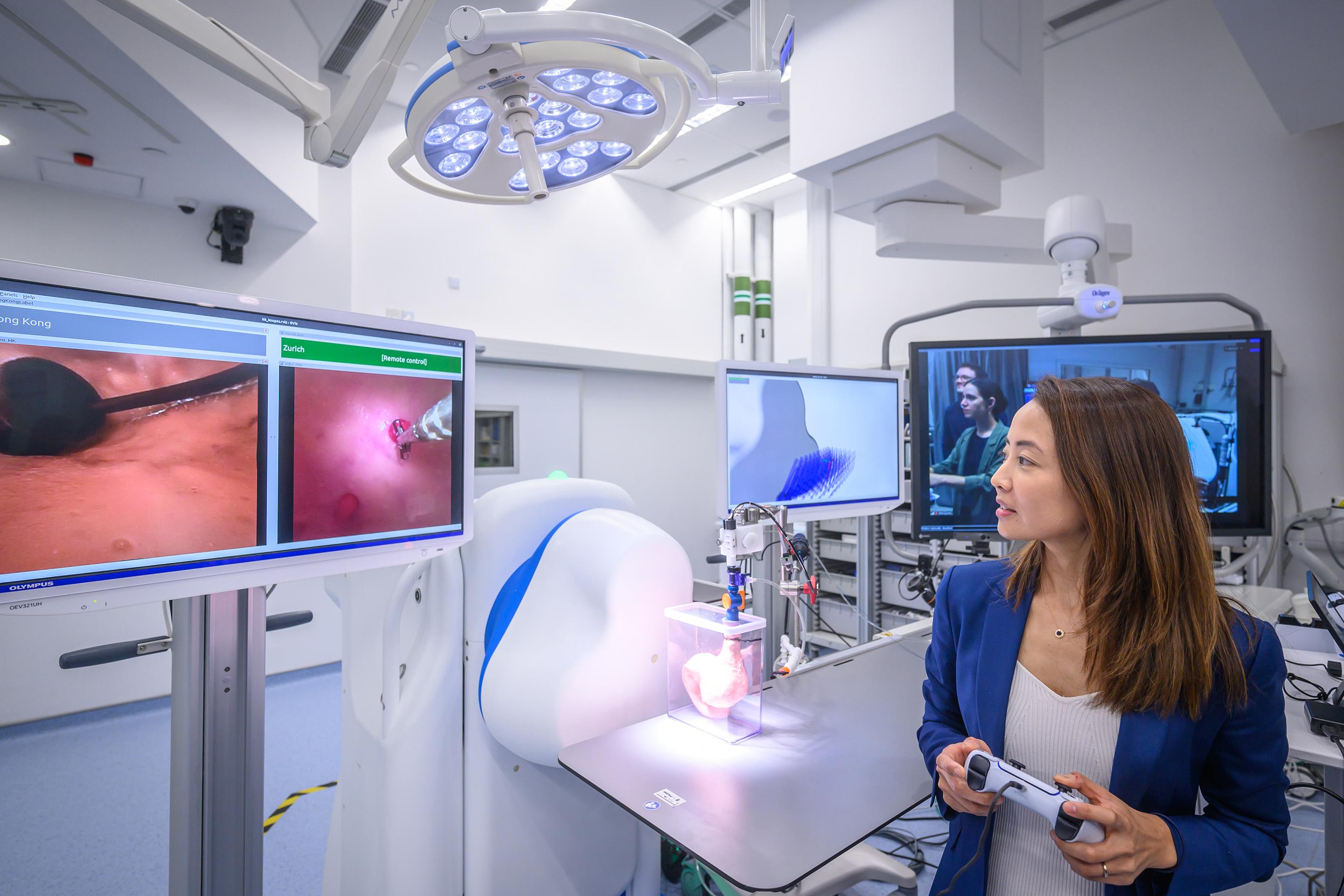
Swiss surgeons used a PlayStation controller to perform an endoscopic surgery on a pig in Hong Kong, 9,300 kilometers away. The procedure, utilizing a robotic system and magnetic endoscope, showcased the potential for remote human surgeries in underserved areas. The system's latency of under 300 milliseconds enabled near-real-time control. This innovation could extend surgical expertise to remote regions and even space missions. Published in Advanced Intelligent Systems.
Revolutionizing Astronomy: The Vera C. Rubin Observatory

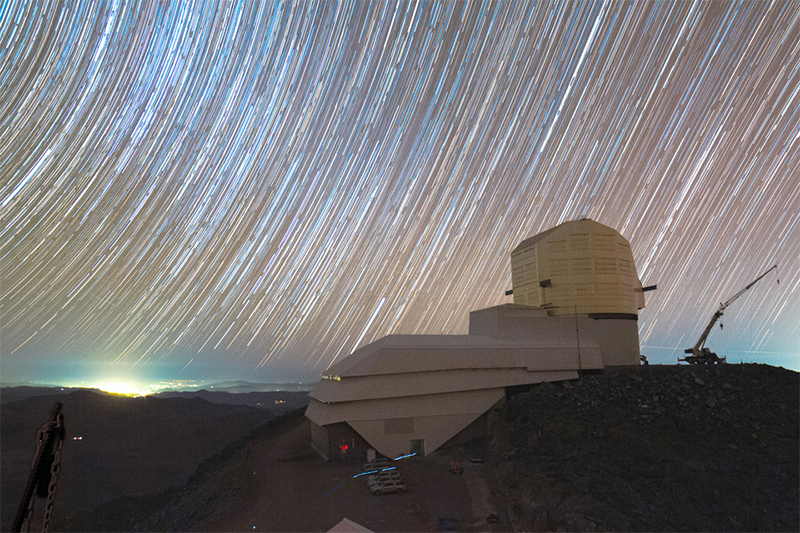

The Vera C. Rubin Observatory, perched atop a Chilean mountain, is set to revolutionize astronomy. Over the next decade, it will capture millions of celestial objects daily—more than 100 every second. Every three nights, the telescope will reposition itself to create a high-quality mosaic of the night sky, spanning ultraviolet, visible, and infrared light. This unprecedented chronicle will allow scientists to track cosmic changes with unparalleled precision.
Bob Mann, an astronomer at the University of Edinburgh, describes the project as a blend of depth, spectral coverage, and temporal resolution never before achieved. The observatory aims to detect transient phenomena—events that change or disappear—offering insights into the universe's origins and fate.
The Rubin Observatory will generate 20 terabytes of data nightly, totaling 60 petabytes over ten years. This flood of information will be distributed to seven data centers worldwide, enabling scientists to search for new astronomical phenomena.
Mario Jurić, an astronomer at the University of Washington, highlights the observatory's potential to map the solar system and reveal its formation and evolution. The data will also track variable stars and supernovae, providing "standard candles" to measure cosmic distances.
Igor Andreoni of the University of North Carolina and Raffaella Margutti of the University of California, Berkeley, plan to use the data to study cosmic explosions and transient phenomena, such as neutron star mergers.
In essence, the Rubin Observatory will transform our understanding of the cosmos, capturing its dynamism and evolution like never before.
NASA's Endeavour Shuttle Mission: Mapping Earth in 3D




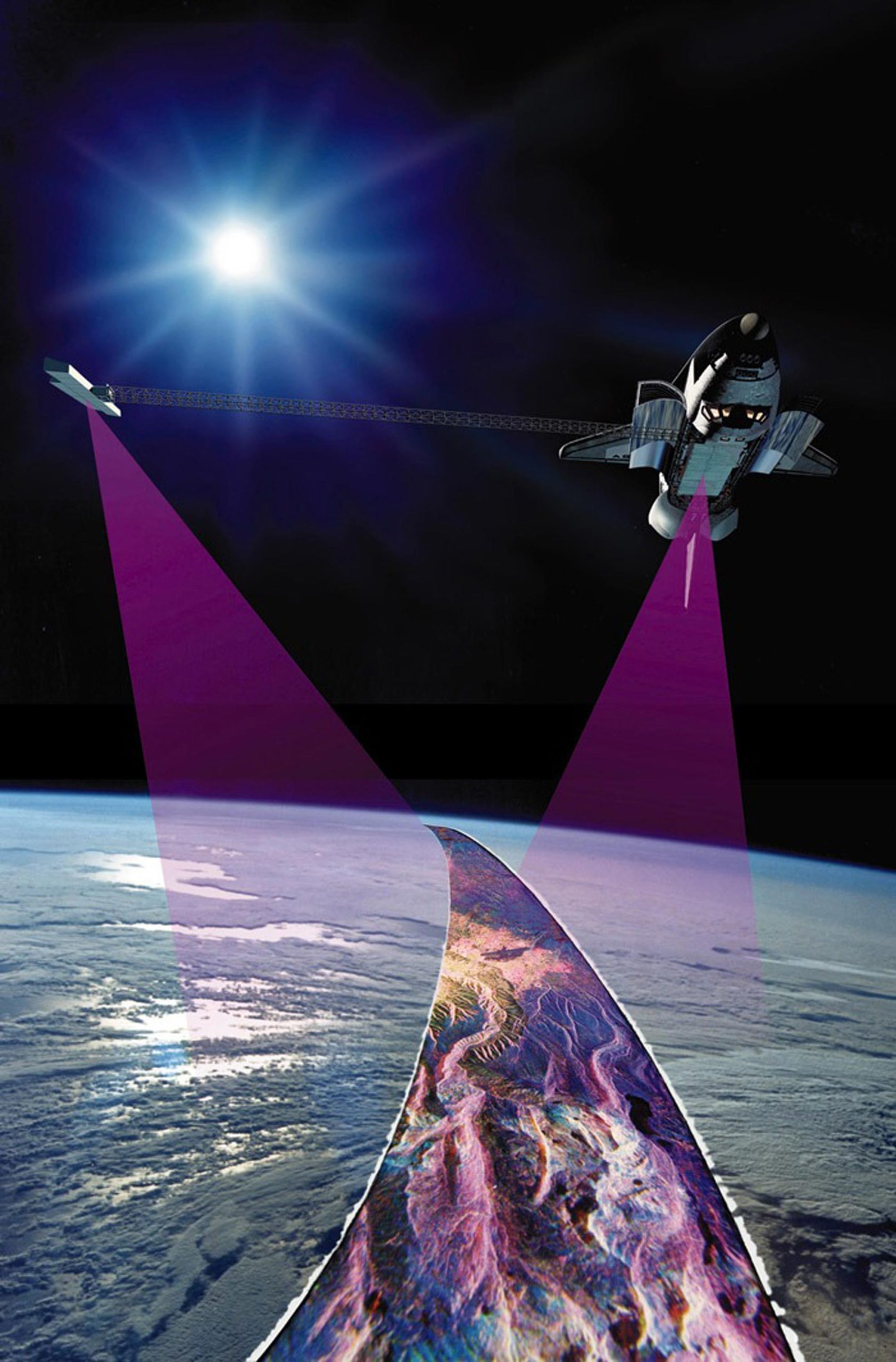
In 2000, Commander Kevin Kregel led the Endeavour shuttle mission to create a 3D map of Earth. The Shuttle Radar Topography Mission (SRTM) utilized a 200-foot mast to gather elevation data. Despite facing technical hurdles—such as the mast's flexibility and frozen gas jets—innovative solutions, including a "fly-casting" maneuver, allowed the team to map over 80% of Earth's land.
SRTM's data remains crucial, supporting studies on wildfires, soil erosion, flood risks, and more. The mission's success was contingent on overcoming obstacles: cloud cover obscured many regions, aerial mapping was expensive, and political tensions restricted access. NASA's Jet Propulsion Laboratory (JPL) developed SRTM to penetrate clouds and map extensive areas in a single flight.
The SRTM instrument, now housed at the Smithsonian, features a sophisticated mast that folds like an accordion. In orbit, it extends to two-thirds the length of a football field. The mission's radar, mounted at the mast's end and inside the shuttle, provided continuous 3D views, faster and more accurate than previous methods.
Key challenges included the mast bending under inertia and a frozen gas system. Engineer Bill Layman's "fly-casting" plan, inspired by fly-fishing, used shuttle thrusters to position the mast. This technique, both efficient and effective, ensured the mission's success.
SRTM's legacy continues, with its detailed maps still informing global research and applications.
SRTM Mission Data Revolutionizes Earth Understanding




In 2000, the Endeavour shuttle's SRTM mission mapped Earth's terrain in 3D. This data, foundational for NASADEM, aids disaster response and urban planning. Over 19 years, 12 TB of data was collected on 320 tapes, processed by USGS and made public in 2003.
Initially, high-resolution maps covered the U.S., while global maps had lower resolution. By 2015, global maps matched U.S. quality, and in 2020, NASADEM refined SRTM data, enhancing height accuracy and filling gaps.
SRTM data saves lives by predicting landslides and aids healthcare in Africa's rugged terrains. It revealed Peru's deep canyons and Canada's eroded rock formations. Studies on earthquakes, deforestation, and wind turbine impacts rely on SRTM.
Future missions like ICESat, ICESat-2, and GEDI will refine these maps. Gerald Bawden, NASA's SRTM project lead, calls SRTM a "snapshot of nearly the entire globe," invaluable for climate, geology, and urban planning. Scott Hensley, a JPL scientist, sees SRTM as a career highlight, contributing to human progress.
SRTM's legacy endures, a goldmine of information for generations.
Tools
AI-Powered Resume Builder: Simplifying Professional CV Creation
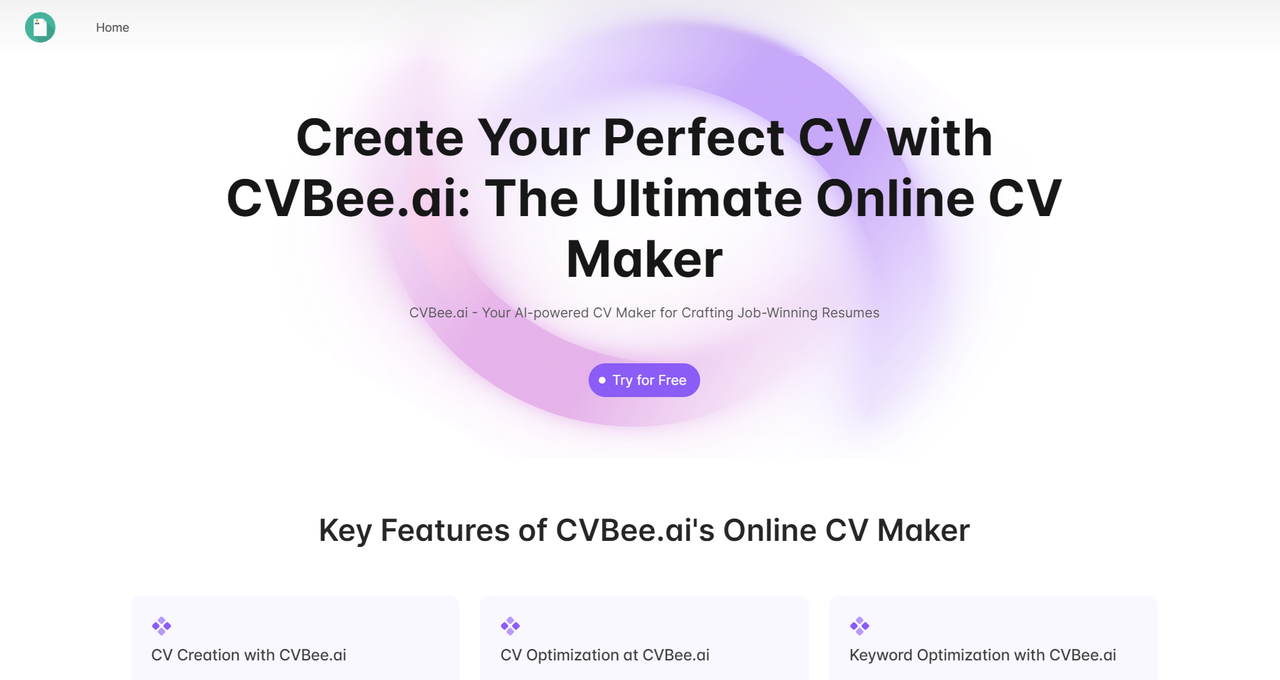
CVBee.ai uses AI to quickly create professional resumes. It optimizes for ATS, suggests layouts, and offers revisions. Free and easy, it helps job seekers stand out.
ATS: Applicant Tracking System. Software recruiters use to filter resumes.
AI-Powered Audio Editing Tool for Efficient Content Creation
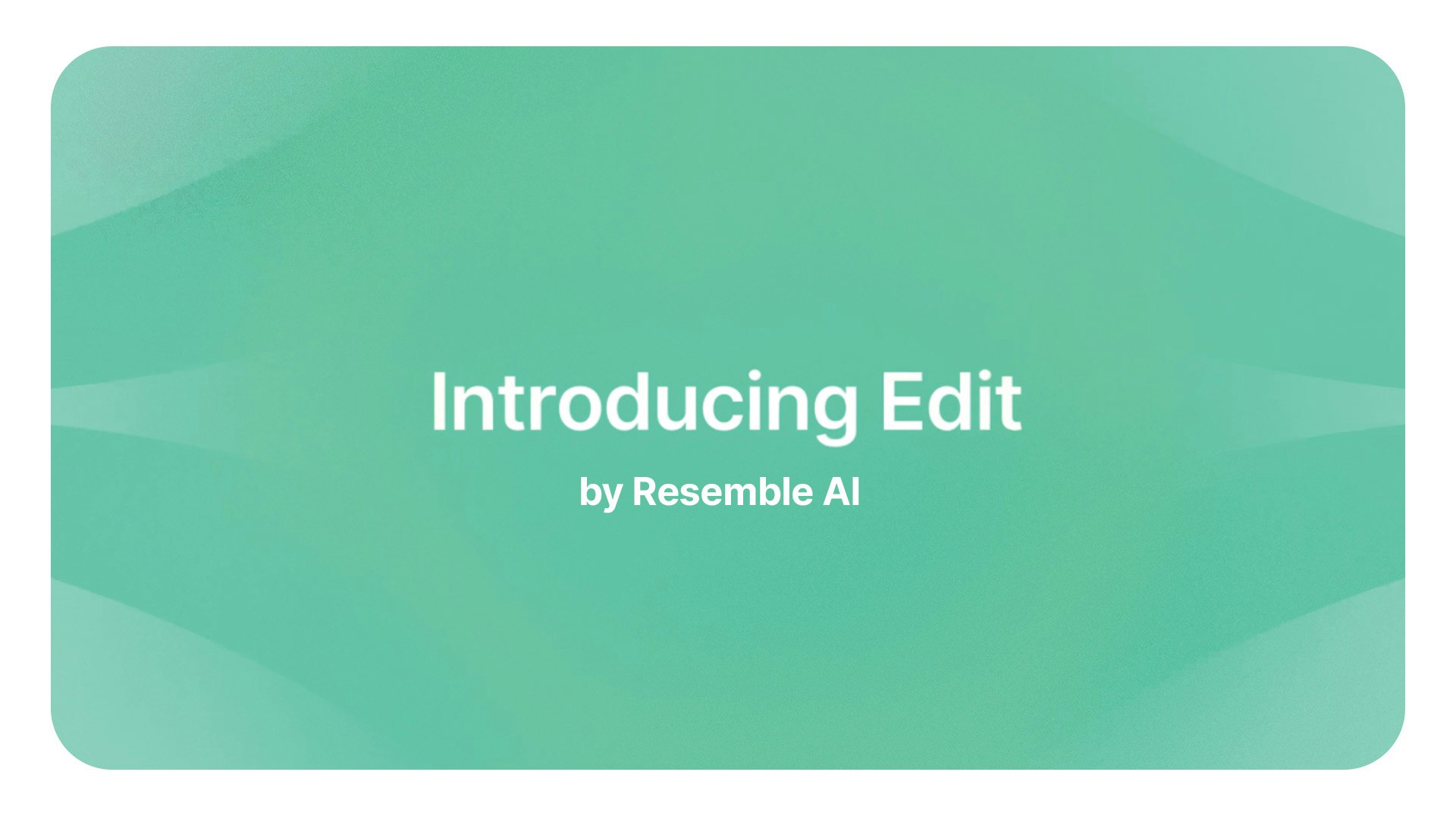
Edit-by-resemble-ai speeds up audio editing. Upload audio, tweak the AI transcript, and the system syncs changes. Perfect for podcasters, content creators, and businesses.
Insights: This tool cuts editing time. AI precision boosts efficiency, making it crucial for audio work.
Explanation:
- AI-generated transcript: A text version of spoken words, created by artificial intelligence.
- Syncs changes: Automatically adjusts the audio to match the edited text.
HighlightFactCheck: Empowering Critical Thinking in the Digital Age
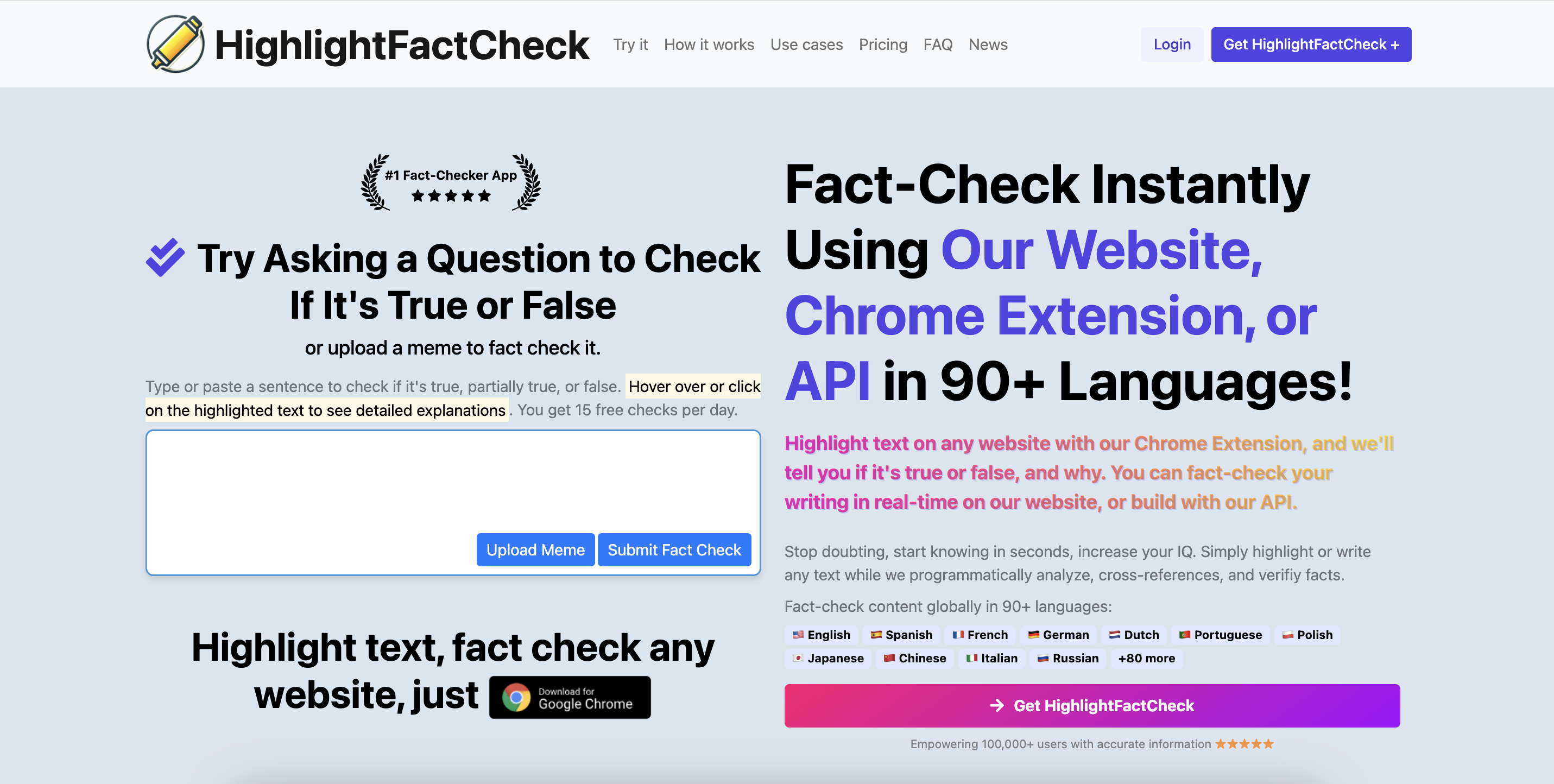
HighlightFactCheck.com fights misinformation with instant fact-checks, analysis tools, and a Chrome extension. It’s more than just verification; it fosters critical thinking. The seamless integration via API ensures confident browsing. Amidst a flood of falsehoods, this service is crucial for an informed, skeptical public.
Efficient Tree Rendering in Static Site Generators

Translate LiteTree simplifies tree rendering in Markdown for static site generators like Vitepress and dumi. It uses indentation to define tree levels, making it intuitive. Installation is straightforward via npm, yarn, or pnpm. Configuration involves importing and registering the component globally. The setup supports Vue, React, and WebComponents, covering most Markdown scenarios.
Key Terms:
- Static Site Generators: Tools that create HTML websites from templates, content, and data.
- Markdown: A lightweight markup language for creating formatted text.
- Vue, React, WebComponents: Different frameworks and technologies for building web applications.
AI-Powered Recruitment Tool Simplifies Hiring Process
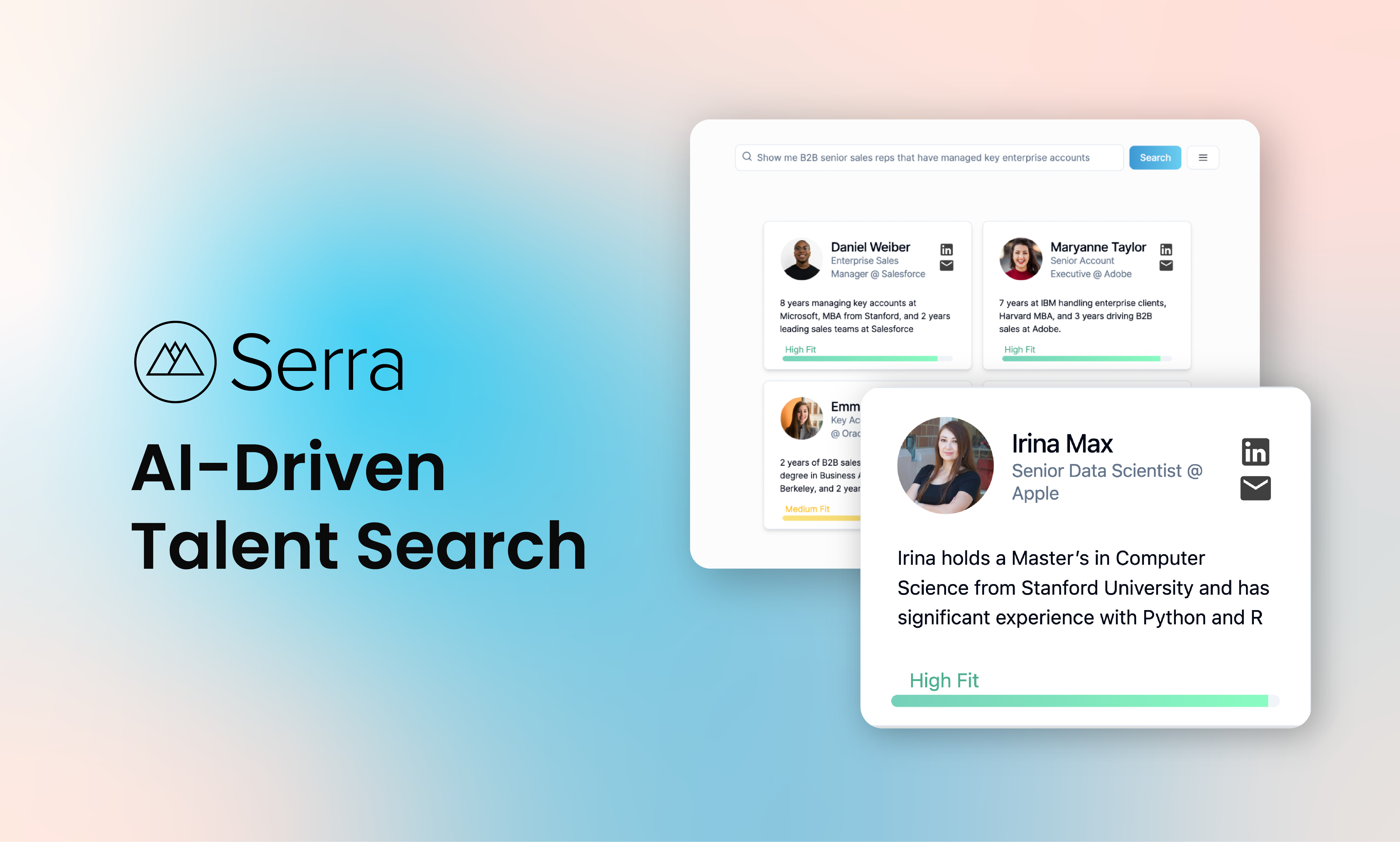
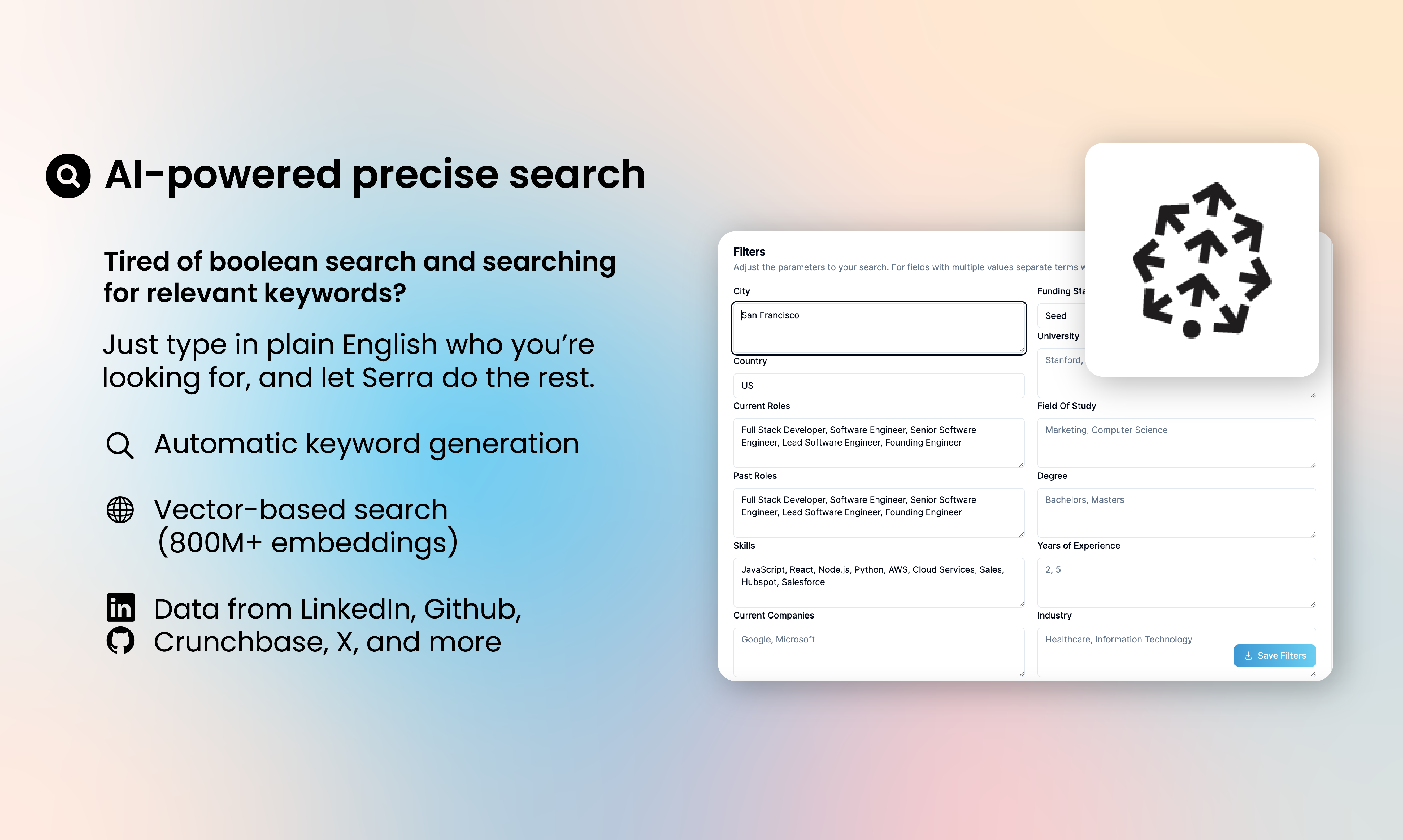
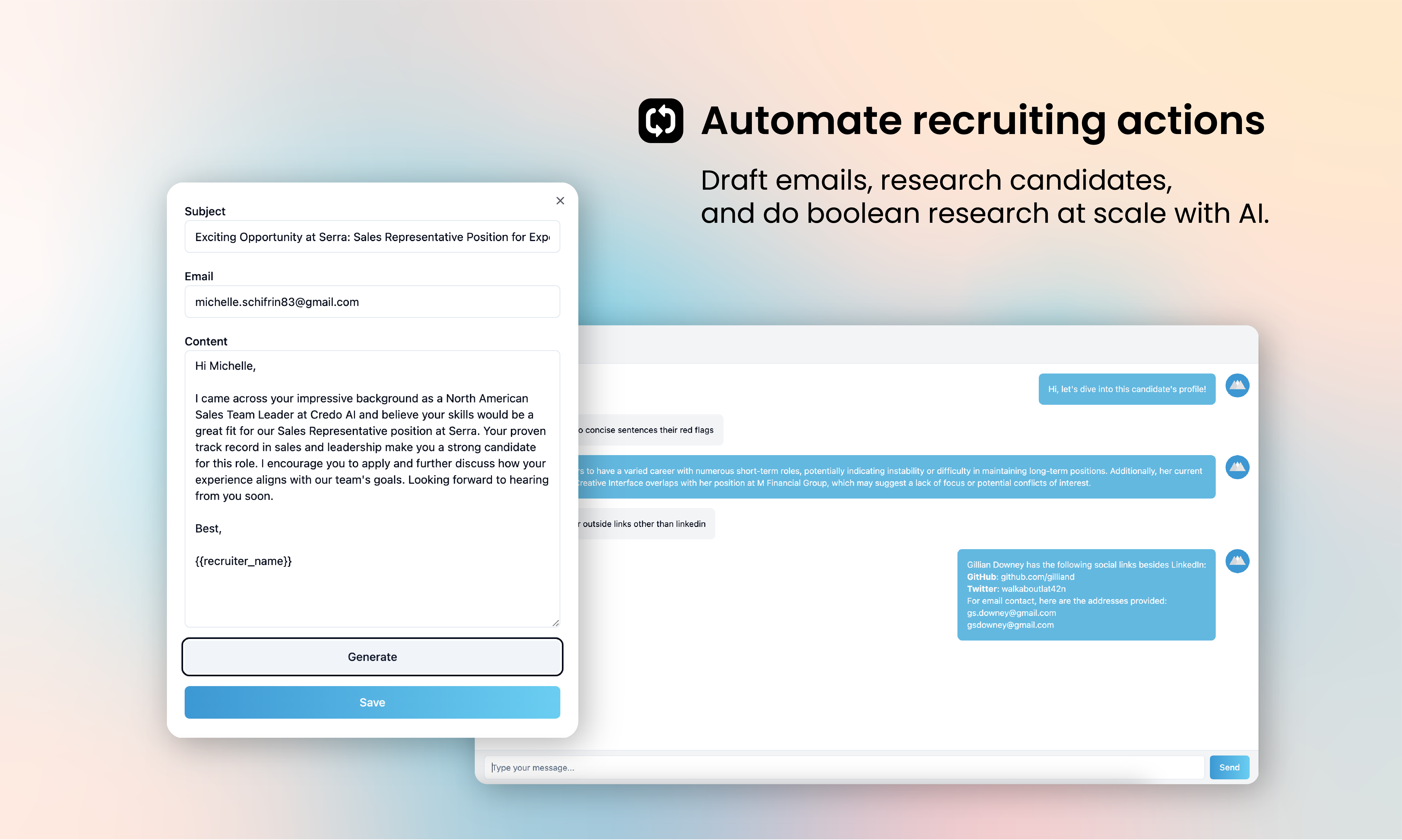
Serra is an AI tool for recruiters, leveraging GPT technology. It streamlines hiring by allowing recruiters to search for candidates using plain English. The tool instantly identifies top prospects, eliminating the need for manual resume sorting.
Advanced Academic Writing Tool with Multilingual Support and Seamless Citations
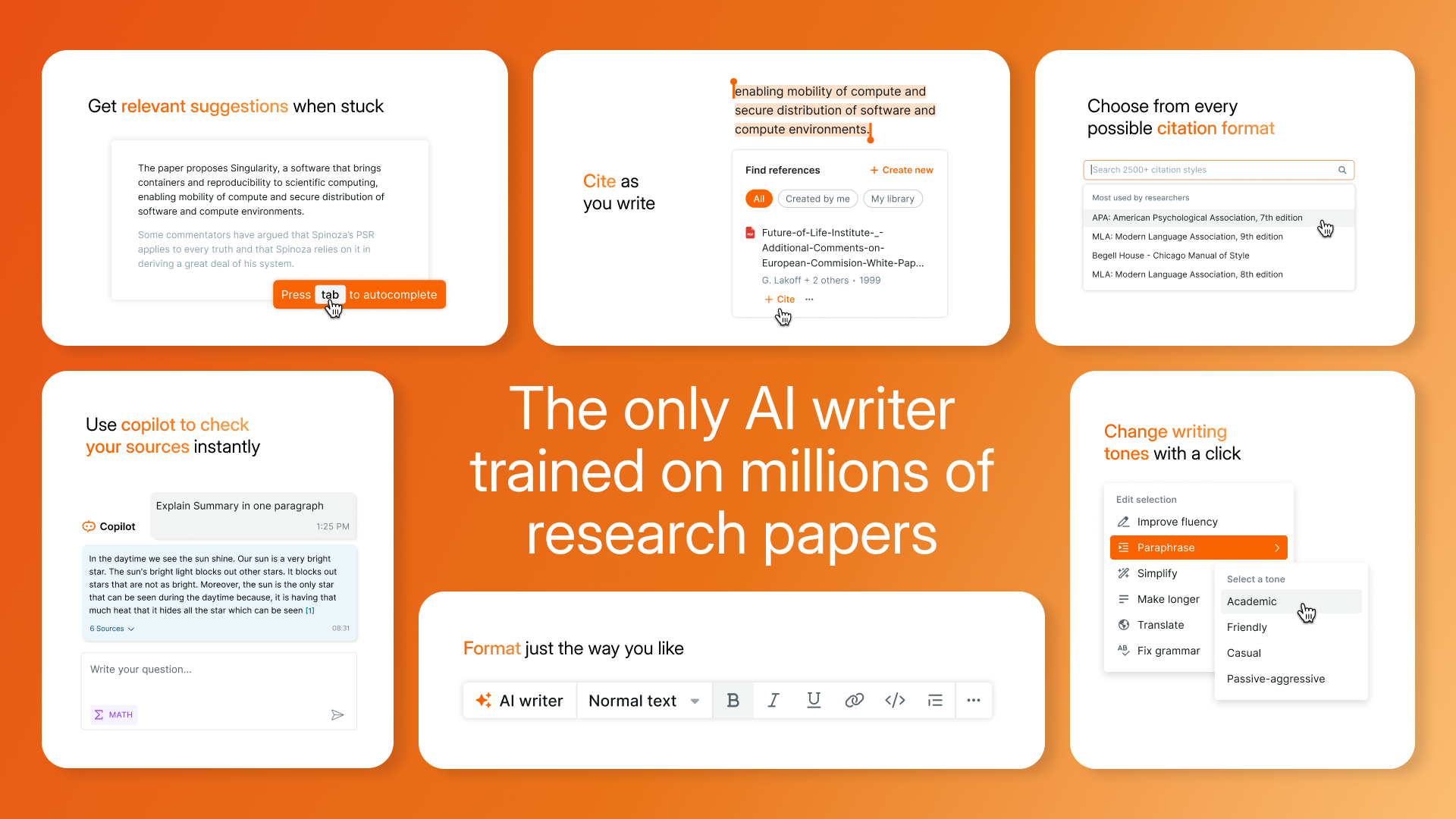
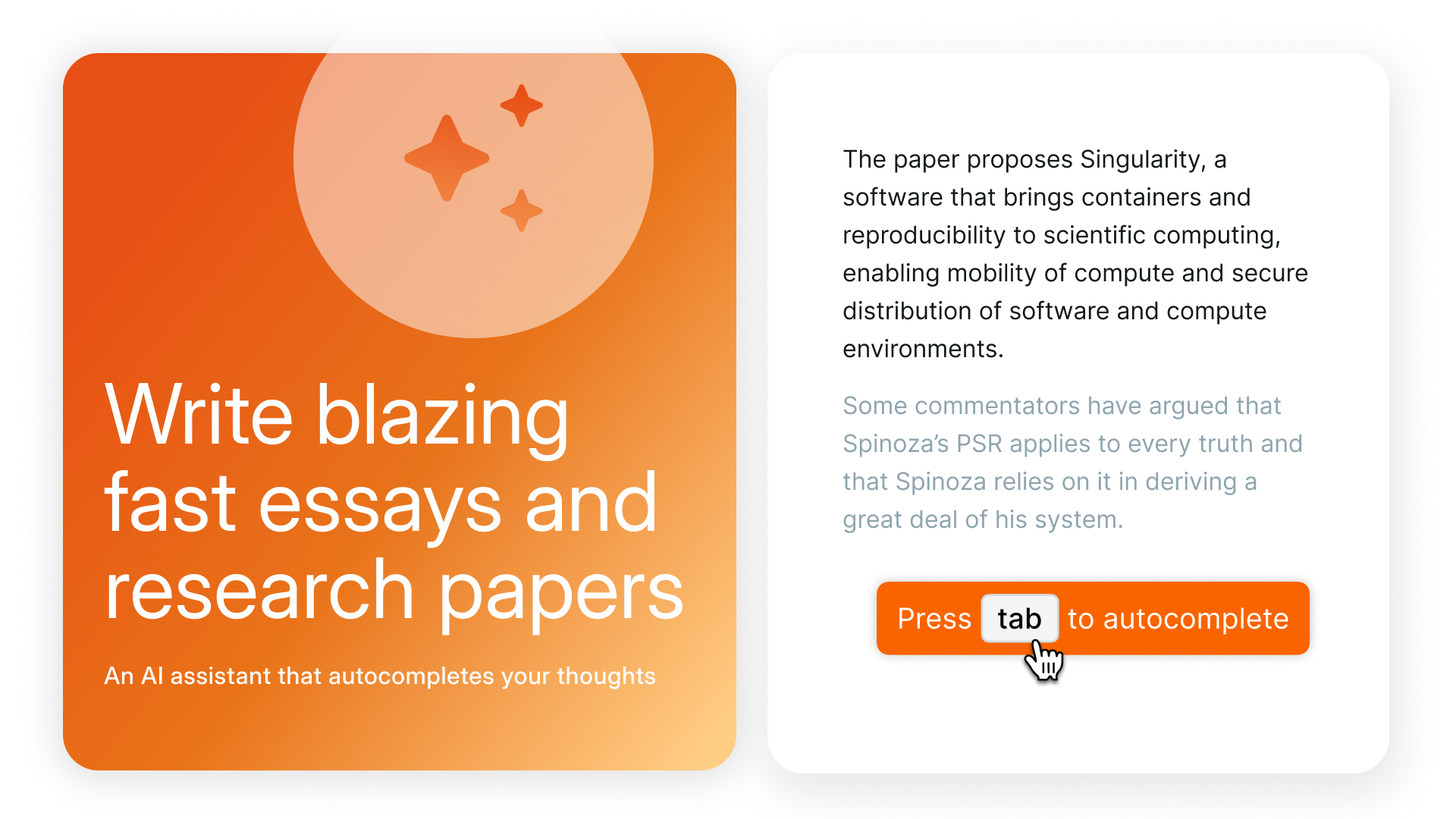
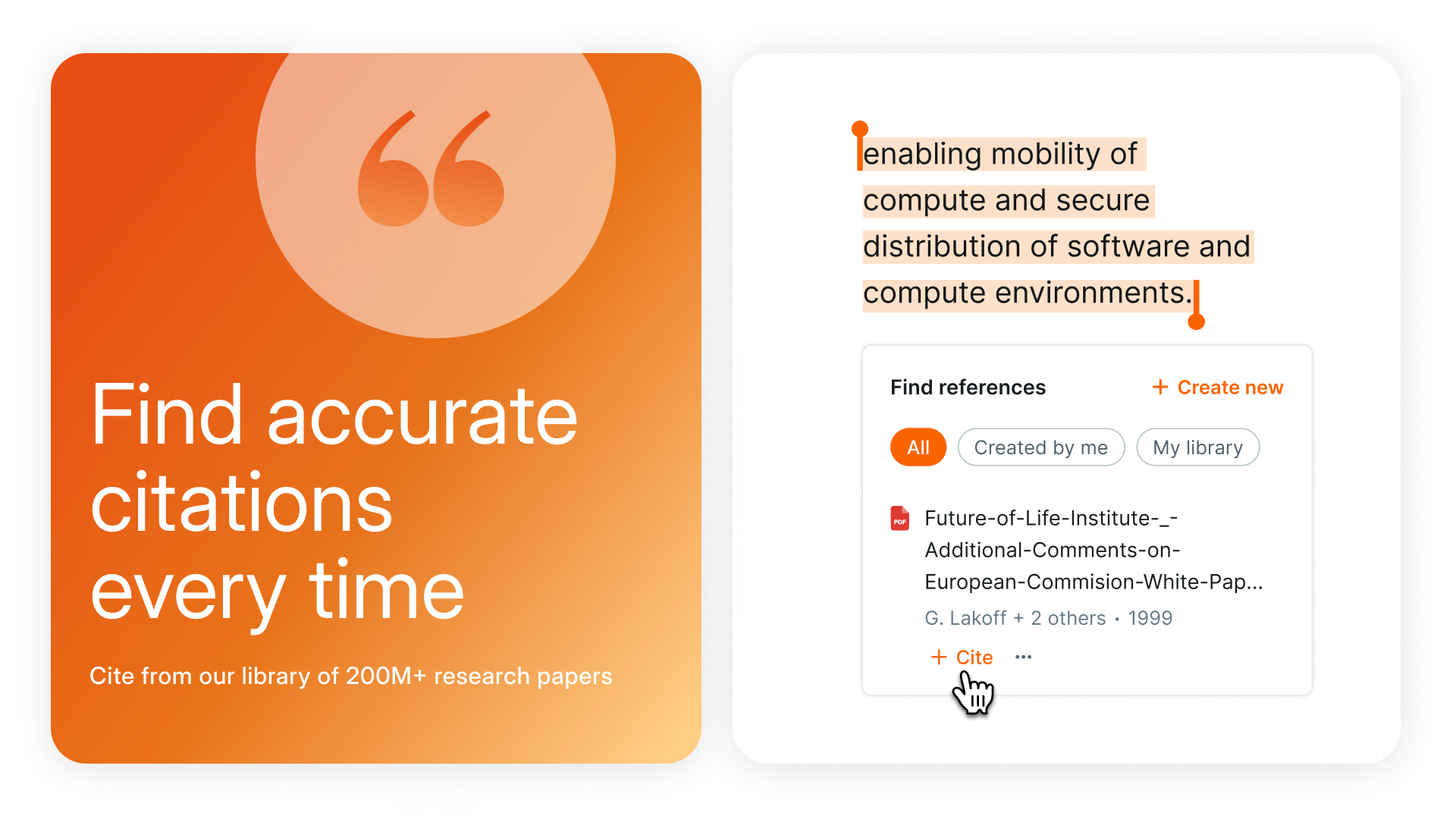
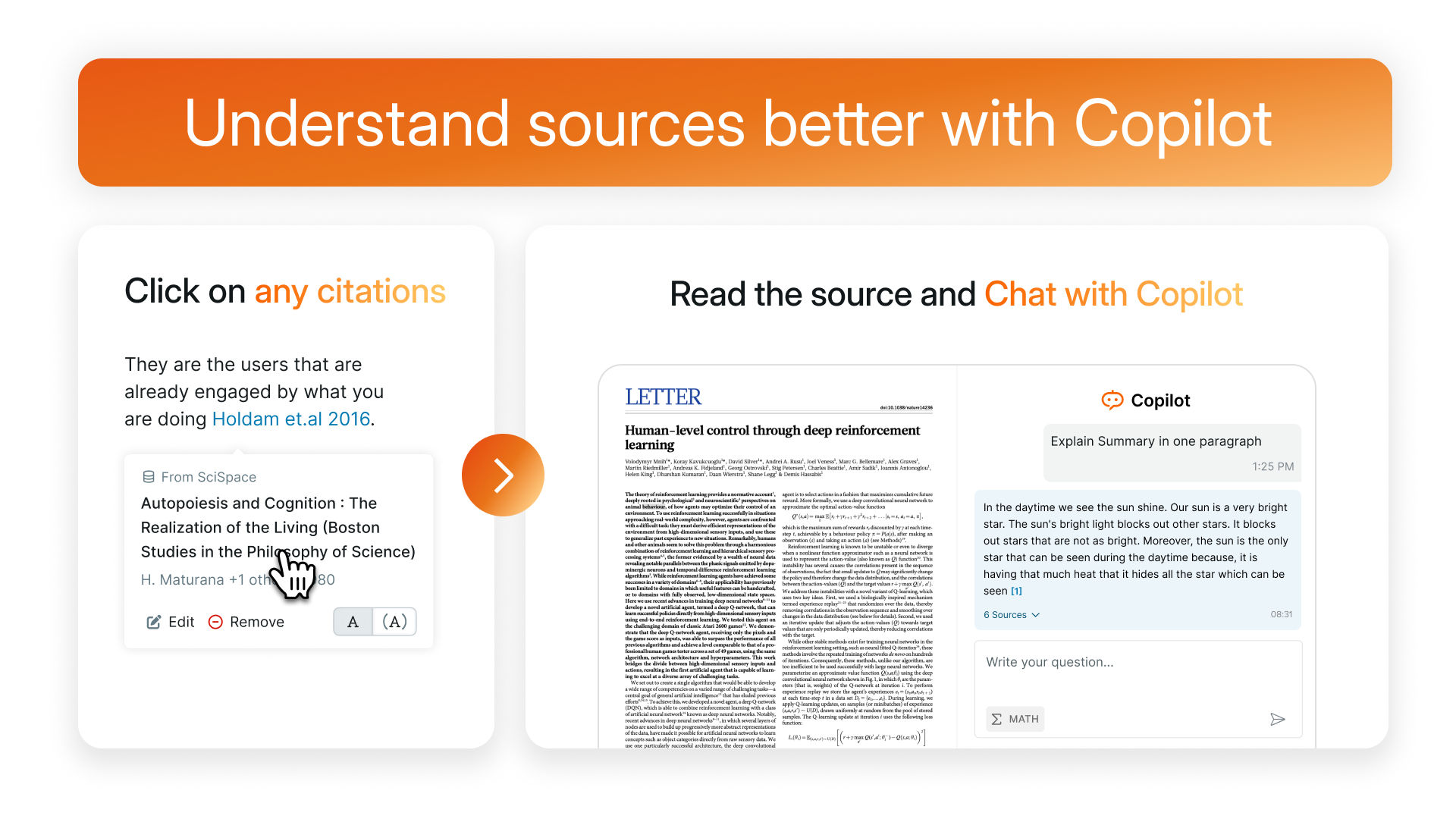
Scispace-AI's new academic writer tool excels in generating high-quality content. It offers seamless in-text citations and precise autocomplete, speeding up writing. With multilingual support, it caters to a global audience. Trusted by 4.5 million academics, it costs half as much as its closest competitor.
In-text citations: References directly embedded in the text, ensuring proper attribution. Autocomplete: A predictive text feature that suggests words or phrases, aiding faster typing.
Advanced Fingerprinting Technology for Bot Detection and Fraud Prevention
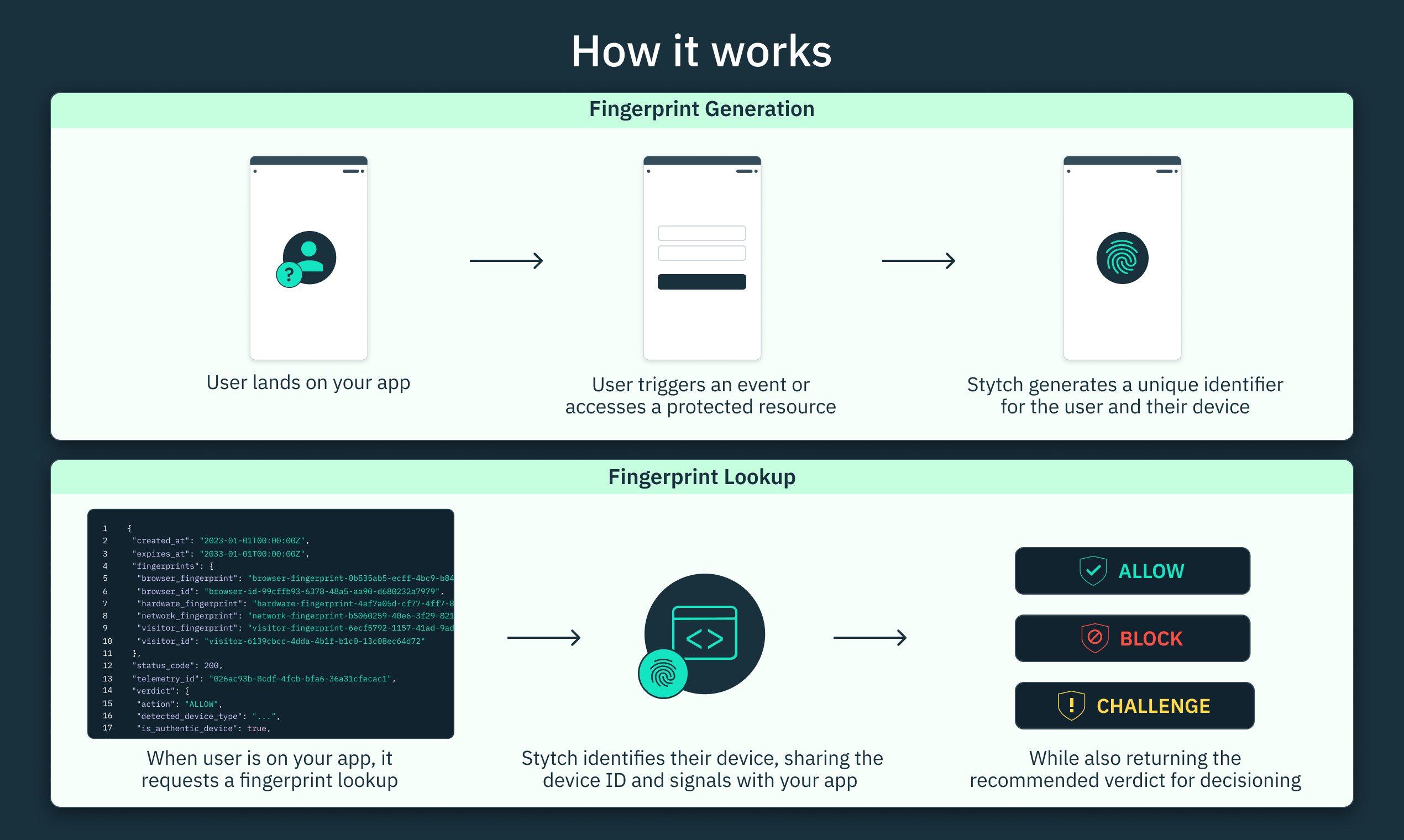
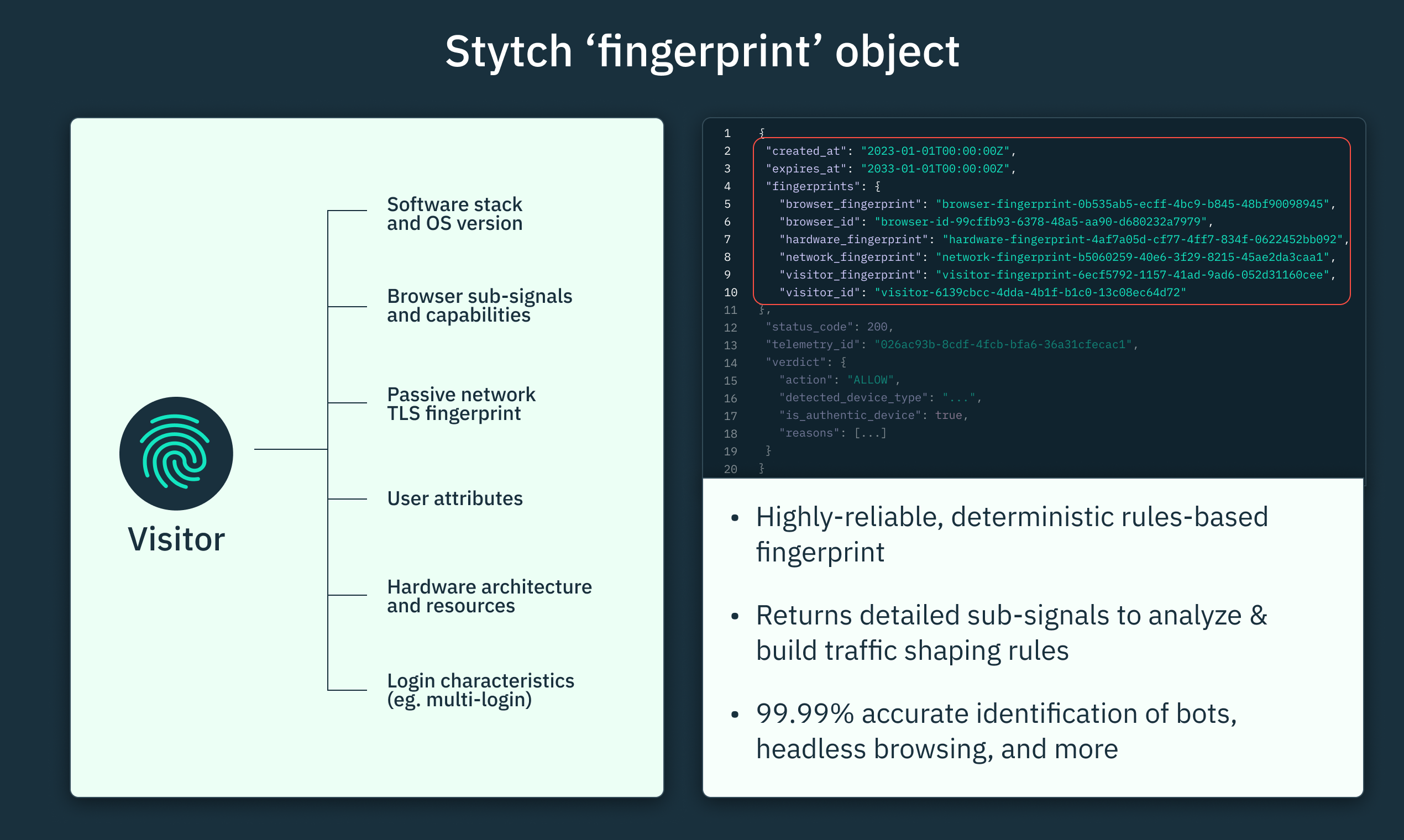
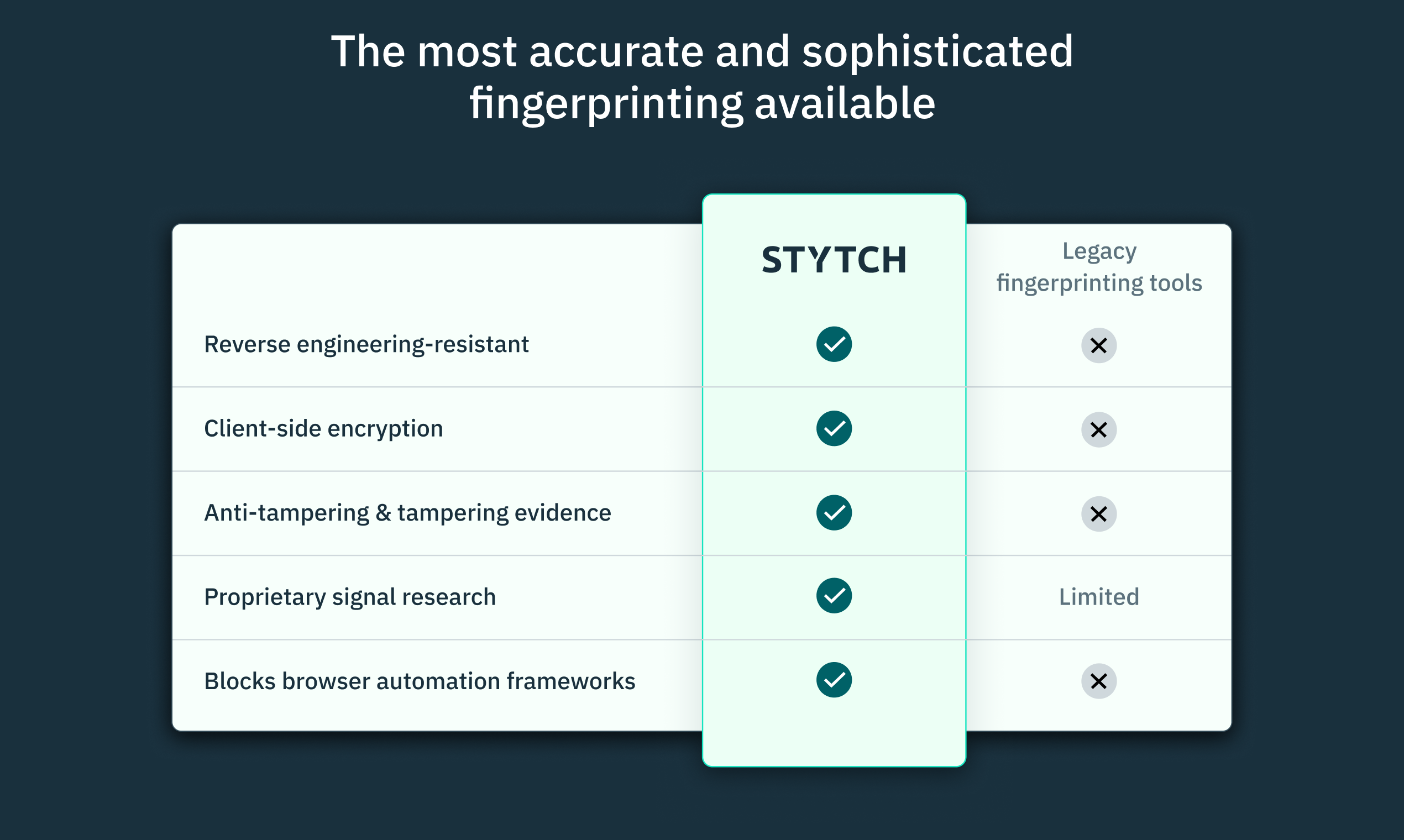
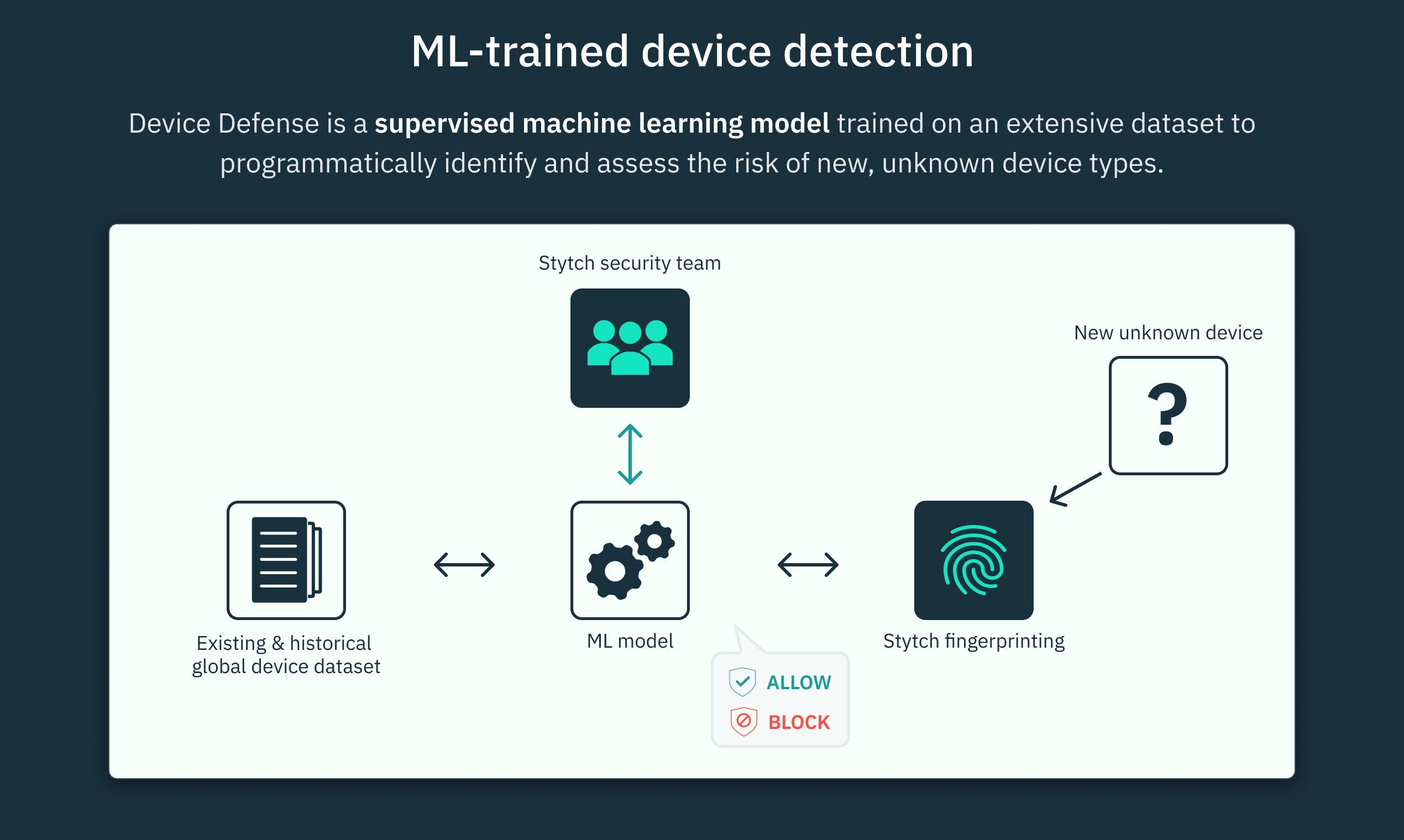

Stytch's fingerprinting tech stops bots and fraud.
It detects 99.99% of bots, assesses risks, and uses smart rate limiting.
The system protects against reverse-engineering while keeping user data private.
Resource
Free Course on Securing API Servers Now Available
APIs are crucial for software communication. But with that power comes the need to secure them. A new course on freeCodeCamp's YouTube channel aims to teach developers how to protect their API servers.
The course covers six key areas:
- Cross-Origin Resource Sharing (CORS): Prevents unauthorized API access.
- Error Disclosure: Ensures proper error handling to avoid leaking sensitive info.
- Information Leak Prevention: Identifies and mitigates data exposure risks.
- Secure Cookie Management: Safeguards against insecure cookies.
- Path Traversal Protection: Prevents unauthorized file access.
- Rate Limiting: Stops DDoS attacks by controlling request rates.
Taught by Anthony Aragues, Head of APIsec Labs, the course offers:
- Comprehensive Coverage: Deep dives into critical API security concepts.
- Practical Skills: Techniques you can use right away.
- Expert Instruction: Insights from a seasoned security pro.
- Free Access: Available on freeCodeCamp's YouTube channel.
This course is a must for anyone serious about API security. It’s free, accessible, and packed with actionable knowledge.
Comprehensive Course on Azure AI Engineer Associate Certification (AI-102)
Ready to elevate your AI expertise? Dive into the Azure AI Engineer Associate Certification (AI-102) with a free, comprehensive course on freeCodeCamp.org. Created by Andrew Brown of ExamPro, this 14-hour course covers Azure AI services, Azure AI Search, and Azure OpenAI.
Course Highlights:
- Setup: Configure your development environment with OpenAI Studio and AI Studio.
- Gen AI Primer: Grasp AI vs. Generative AI, foundational models, large language models, and transformer architecture.
- ML and AI Concepts: Explore supervised and unsupervised learning, neural networks, deep learning, and tools like Jupyter Notebooks.
- Responsible AI: Learn fairness, reliability, privacy, inclusiveness, transparency, and accountability. Understand the Responsible AI Standard V2.
- Azure AI Services: Hands-on with setup, diagnostic logging, and Azure OpenAI Service models.
- Azure AI Search: Discover RAG, document cracking, HNSW, and semantic ranking.
- Text Analytics and Computer Vision: Dive into natural language processing, sentiment analysis, PII extraction, and Azure AI Vision Studio.
- Custom Vision and Document Intelligence: Explore custom vision project types, object detection, and Azure AI Document Intelligence.
- Speech API and AI Video Indexer: Enhance solutions with audio and video processing.
- Content Safety and Language Understanding: Implement content moderation and explore LUIS and QnA Maker.
- Face Service and Cleanup: Learn the Face Service and project cleanup.
Certification Overview:
As an Azure AI engineer, you'll build, manage, and deploy AI solutions. This role spans from requirements definition to deployment and maintenance, collaborating with various specialists. The certification tests skills in planning, content moderation, computer vision, natural language processing, knowledge mining, document intelligence, and generative AI.
Get Started:
Watch the full course on freeCodeCamp.org to kickstart your Azure AI Engineer Associate journey.
16 Essential Resources for Elevating Web Design
In today's digital world, crafting exceptional UI/UX requires modern tools. This article curates 16 essential resources for web designers, spanning icons, illustrations, colors, gradients, fonts, mockups, and more.
Vectopus offers a vast collection of icons, illustrations, 3D elements, and stickers. It’s a time-saver, ensuring consistency and creative flair. Use it for high-quality visuals in websites and apps. Free plan available, with premium options.
Colors are crucial. Realtime Colors lets you experiment with palettes in real-time. Happy Hues provides context-specific schemes. Tint Mint helps create harmonious color systems. All are free.
Gradients add depth. MSHR generates complex mesh gradients, perfect for modern designs.
Fonts matter. Google Fonts offers a wide selection. Fontjoy helps pair fonts harmoniously. FontPair provides combinations for modern designs. All are free.
Illustrations bring life. Undraw offers open-source, customizable illustrations. DrawKit provides hand-drawn assets. IRA Design lets you blend colors with illustrations. Free and premium options.
Icons are vital. Font Awesome offers a vast library. Flaticon provides high-quality icons. Iconfinder offers diverse styles. Free and premium options.
Mockups showcase designs. Smart Mockups creates high-quality visuals. Mockup World offers free and premium mockups. Device Shots provides device mockups. Free and premium options.
Utilities streamline work. CSS Gradient generates gradients. Coolors creates color palettes. Unsplash offers high-quality images. All are free.
Learning is ongoing. Design+Code offers courses. Skillshare provides diverse classes. Udemy offers comprehensive courses. Free and premium options.
These tools simplify the search for quality resources, elevating your design projects.
Comprehensive Guide to AI in Finance: Resources and Insights
Top Resources for Learning About AI in Finance by Bhavdeep Sethi, September 14th, 2024.
AI in finance can assess risks, analyze news sentiment, and optimize investments. But where to start? Sethi lists resources for beginners and pros.
Theory/Research:
- FinRL: A deep reinforcement learning library for stock trading.
- Machine Learning for Trading: Explores risk-averse strategies.
- Financial Trading as a Game: Applies deep reinforcement learning to trading.
- A Deep Reinforcement Learning Framework: Solves portfolio management.
- Deep Reinforcement Learning for Stock Trading: Uses ensemble strategies.
Data Sets:
- NASDAQ: Offers financial data.
- Yahoo Finance: Popular data source with a Python module.
Libraries/Strategies:
- stockpredictionai: A comprehensive course on predicting stock movements.
- Personae: Combines deep reinforcement and supervised learning.
- Ensemble-Strategy: Applies deep reinforcement learning to stock trading.
- FinRL: Another mention for its comprehensive approach.
- Asset News Sentiment Analyzer: Uses GPT models for sentiment analysis.
Courses:
- Coursera: Specialization in machine learning and reinforcement learning in finance.
- Udacity: AI for trading, covering quantitative analysis and portfolio management.
- Quantopian: Webinars on machine learning for trading.
- QuantInsti: Videos on quantitative finance and algorithmic trading.
- AI in Finance: Covers AI foundations and applications.
Community:
- Financial Machine Learning and Data Science: Practical tools and applications.
LLMs (Large Language Models):
- Financial Statement Analysis with LLMs: LLMs predict earnings changes better than analysts.
- FinGPT: Open-source resources for LLMs in finance.
- Hands-on LLMs: Course to train and deploy a real-time financial advisor.
Disclaimer: All investments involve risk. This list is for educational purposes only.
Insight: The article simplifies complex AI applications in finance, making them accessible. It’s a practical guide for anyone interested in leveraging AI for trading and investment.